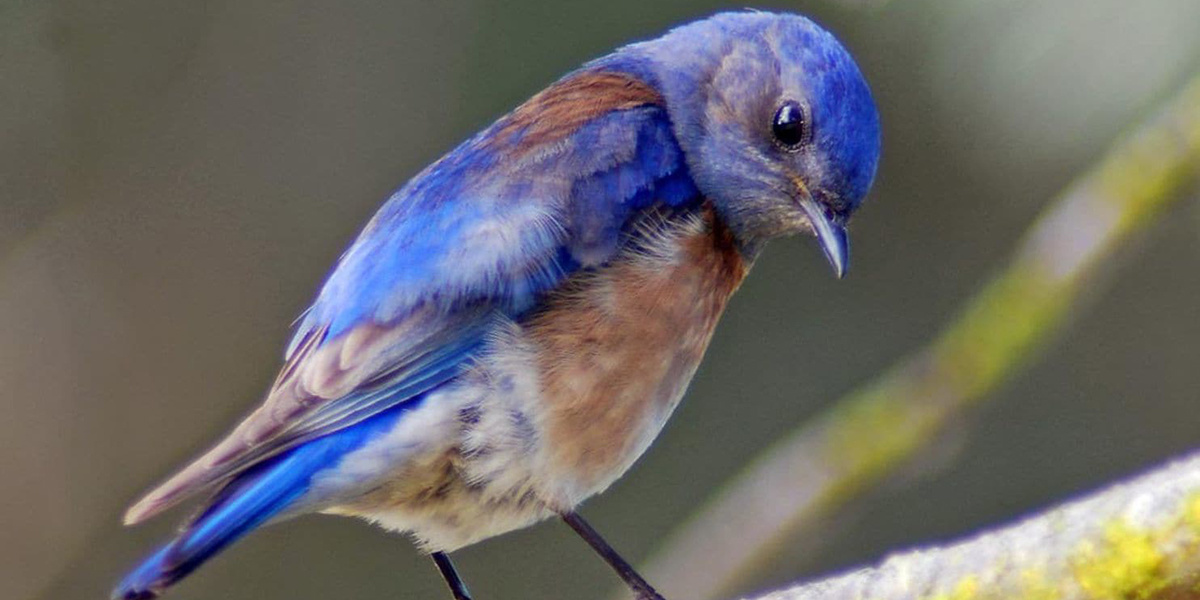

By Jason Daley
A major study earlier this year showed something incredible. Looking at 492 protected areas in the U.S., researchers found that 62 percent of the parks, wilderness areas and green spaces were twice as loud as they should be. About 21 percent were 10 times as loud. Noise isn’t just annoying—chronic exposure to traffic, generators and airplanes can lead to negative consequences for wildlife. Researchers like Nathan Kliest are just getting a handle on exactly how all that noise impacts animals. Kliest, formerly of the University of Colorado Boulder and now at SUNY Brockport, recently investigated the impact of chronic noise on birds in the Southwest.
Kleist and his colleagues found that a perfect experiment was already underway in the San Juan Basin of northern New Mexico. While much of the area is owned by the Bureau of Land Management and is uninhabited, the piñon and juniper flats are dotted with gas-extraction wells. While some of the wells run more or less silently, others have very loud compressors that emit a nonstop hum in a range that overlaps with the frequency of many bird vocalizations.
In a previous study, researchers had already looked at how the noise from these compressors affects birds, finding that the constant hum altered which birds nested in the nearby area. Noise-tolerant species moved closer to the sites while more sensitive species fled the area. But Kleist wanted to examine the physiological effects of noise pollution on the birds.
He built 240 nest boxes by hand and placed them at 12 pairs of gas wells in the Rattlesnake Canyon Habitat Management Area. One site in each pair had a droning compressor while the other was more silent. Then, over the course of three years, he monitored three cavity-nesting species that used the boxes: the western bluebird, the mountain bluebird and the ash-throated flycatcher. Kleist collected blood samples from adult female birds and chicks and assessed the body size and feather length of nestlings each breeding season.
The results, reported in The Proceedings of the National Academy of Sciences, showed that mountain bluebirds avoided the noisy areas, and flycatchers also kept their distance, though they were a little more tolerant. Western bluebirds, however, seemed fine with increased noise levels and nested everywhere on the sites. But that doesn’t mean they were unaffected. Nestlings in high-noise areas had smaller body sizes and reduced feather growth.
So why would a bird choose to nest in a noisy area? Researchers aren’t certain, but it’s possible some birds are attracted to noise because it keeps away predators and other species competing for resources, creating an exploitable niche. While this might be an evolutionary advantage under normal circumstances, it could be an “ecological trap” when it comes to human-generated noise, leading the birds to make harmful choices.
Kleist said it’s possible that the drone of the compressor drowns out the calls of other birds, which mother bluebirds rely on to tell them whether predators like scrub jays and bobcats are present. “It’s possible birds in loud habitats have less perception and knowledge of their environment and have to spend more time and energy figuring out what is going on,” he said. “A mother bird in a loud box might be leaving the nest box more often and might not be brooding as much so the temperature wavers.”
The team also found something unexpected: All the birds nesting in noisy areas had lower baseline levels of corticosterone, a key stress hormone. “I was really surprised,” said Kleist, who thought the birds’ stress hormones would be through the roof. “I saw these decreasing baseline stress hormones while seeing decreasing reproductive and hatching success in western bluebirds. It was a juxtaposition of results I didn’t expect.”
But the result made sense to Christopher Lowry, a stress physiologist at CU Boulder and coauthor of the paper. “You might assume this means they are not stressed. But what we are learning from both human and rodent research is that, with inescapable stressors, including post-traumatic stress disorder in humans, stress hormones are often chronically low,” he said in a statement. Stress leads to hypervigilence or the “fight or flight response.” However, most organisms cannot sustain that heightened state for very long. So the body down-regulates stress hormones to conserve resources, leading to hypocorticism, which causes increased inflammation and reduced weight gain, at least in tests on rats.
“That’s an insight into conservation physiology that his study tightens,” said Kleist. “These results are maddeningly all over place. But any disregulation suggests chronic stress.”
There is still a lot to work out about how exactly noise impacts wildlife and human health, but Kleist said there’s mounting evidence that it’s an element policymakers and land managers need to begin thinking about. “Noise might not be good for wildlife or humans. It reduces the value of habitats like parks,” he said. “To make them as valuable and useful as possible to wildlife, we need to consider the impact of noise.”
Reposted with permission from our media associate SIERRA Magazine.

 233k
233k  41k
41k  Subscribe
Subscribe 